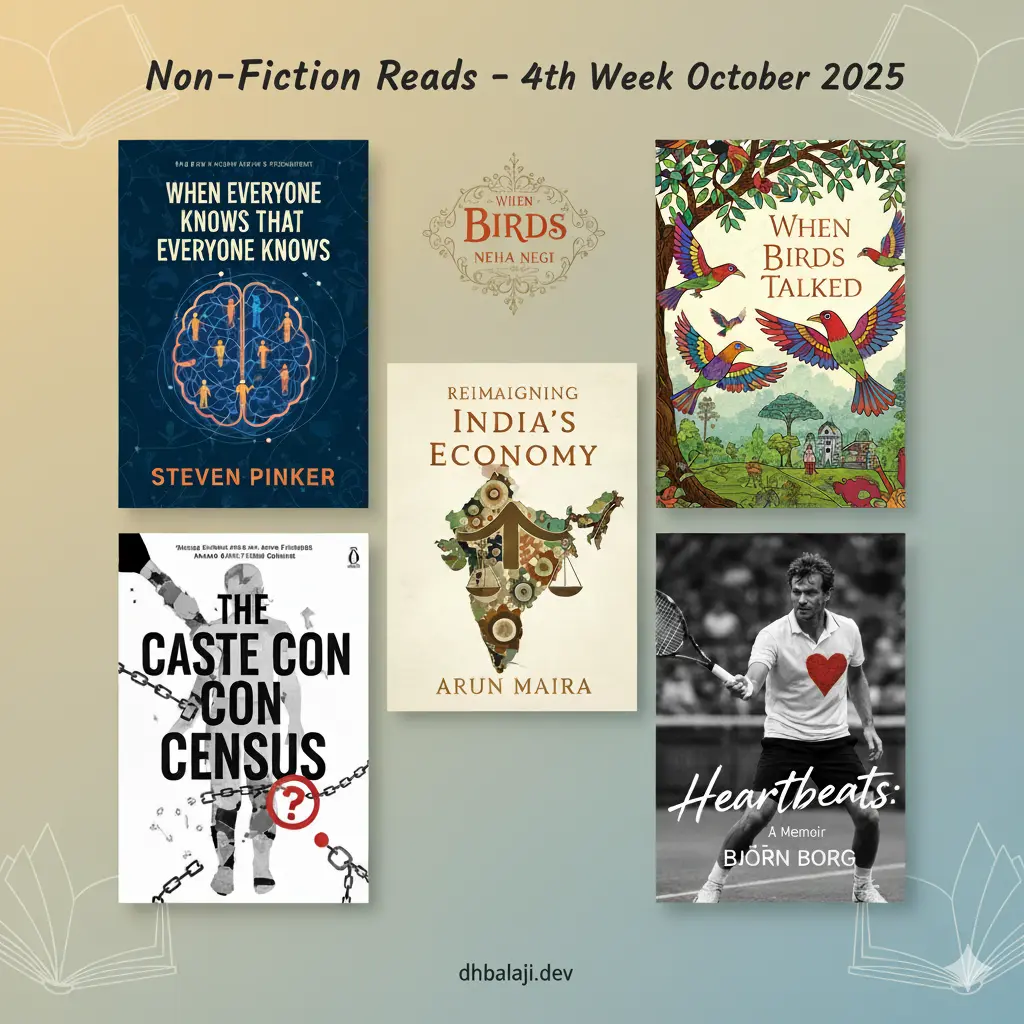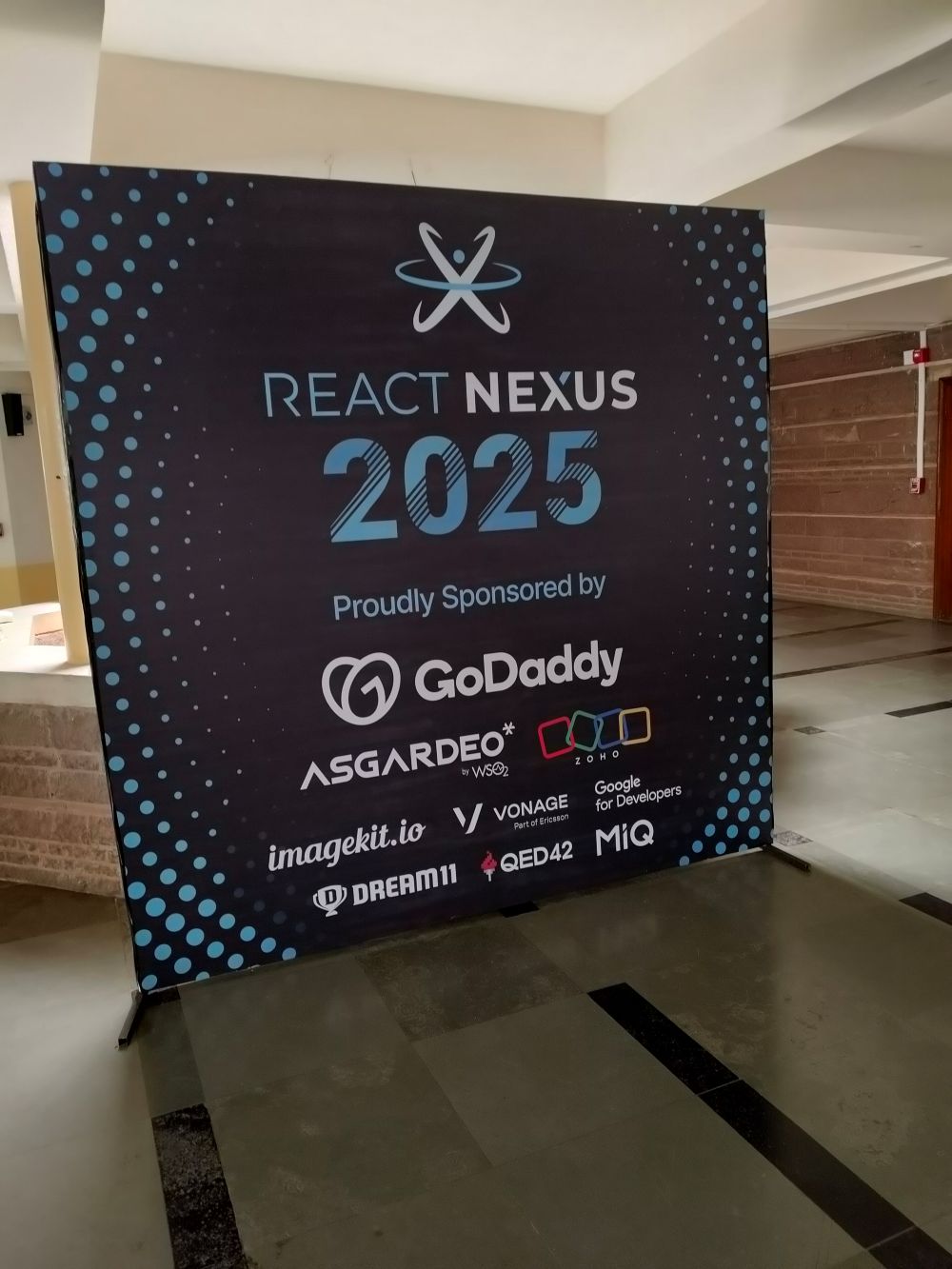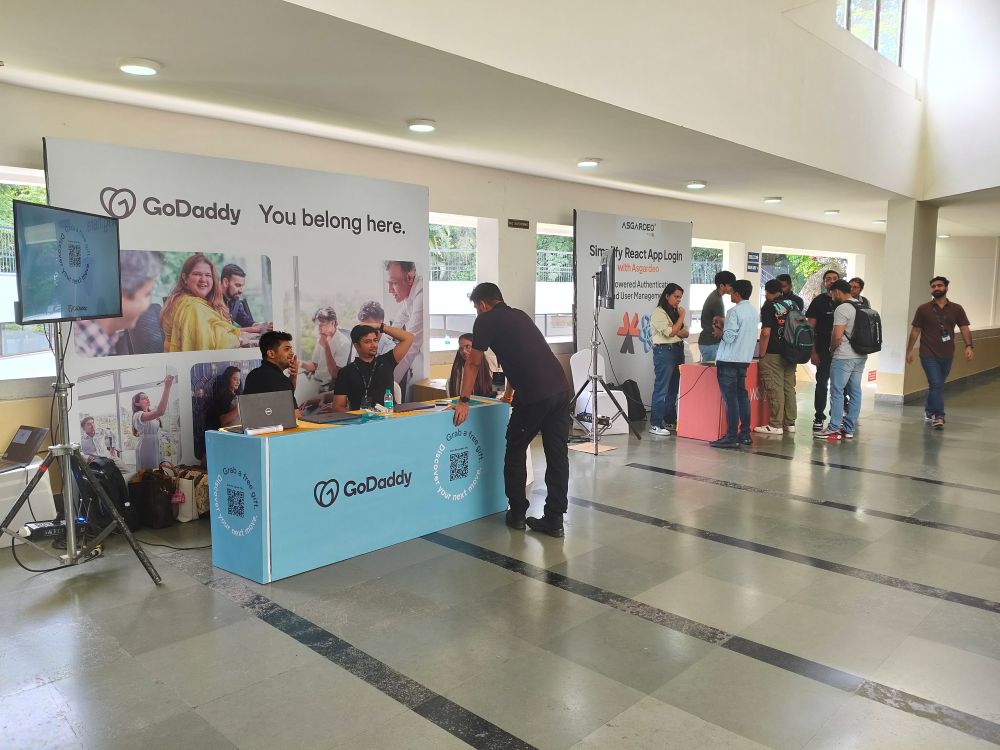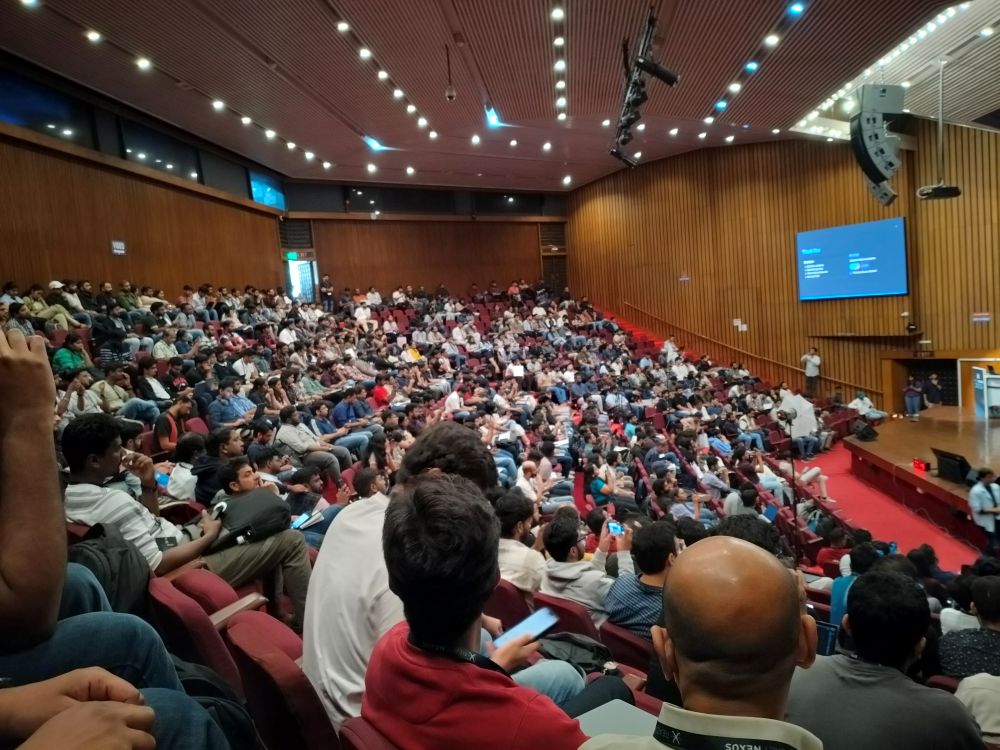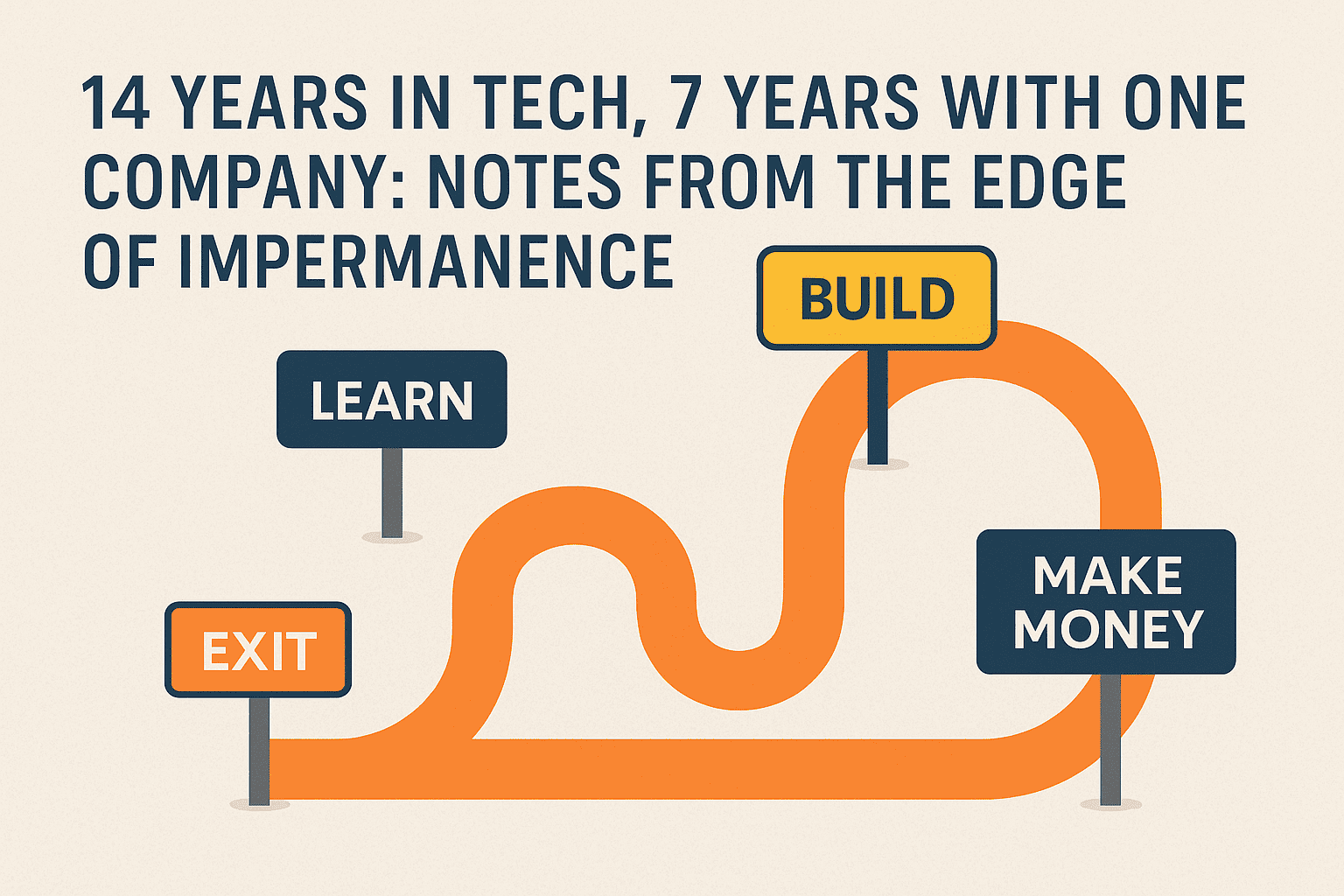My Picks from Thoughtworks Radar Vol 33: Frontend Trends You Should Not Ignore
Staying updated in tech is like keeping pace with the seasons. Ignore it for a while and suddenly you look like the one person still writing jQuery in 2025. Among the handful of reliable sources that consistently deliver high-quality, expert insights, the Thoughtworks Technology Radar stands tall. Volume 33, in particular, has a rich collection of signals that map perfectly to modern frontend engineering. Here are the trends that caught my eye—my unofficial "Adopt" list for any intermediate or above frontend engineer.
AI-Enhanced Prototyping and Design
Designers today have superpowers. Tools like UX Pilot and AI Design Reviewer act like always-available collaborators, helping generate everything from wireframes to pixel-perfect mockups. These tools also offer automated design audits, giving early warnings before a design becomes a future engineering migraine.
On the developer side, tools like V0 and Bolt allow text-based prototyping. Instead of waiting for finalized Figma files, developers can spin out interactive, throwaway prototypes in minutes. This fuels a new workflow where teams iterate rapidly on UI concepts before committing to the real build. Think of it as whiteboarding with a compiler.
Spec-Driven Development Comes of Age
Spec-driven development is moving from “cool experiment” to “serious workflow.” The idea is simple: treat requirements as a versioned artifact, similar to code. Tools such as GitHub Spec Kit enforce this by introducing a structured flow—requirements, design, and task breakdown—each backed by richer orchestration and prompts. It also introduces a “constitution,” a set of rules the AI helpers must always obey. When specs become first-class citizens, onboarding and collaboration get smoother, and ambiguity drops dramatically.
Agents Need Documentation Too: Enter Agents.md
Software engineers long accepted README files as the source of truth. Agents are now getting the same treatment. An Agents.md file acts like a behavioural guidebook for AI agents, explaining their capabilities, constraints, assumptions, and intended usage. It’s a simple idea but powerful for reducing unpredictability. It also improves collaboration when multiple teams depend on the same agent logic.
Shared Instructions with Slash Commands and Chat Modes
Teams are increasingly using shared shortcuts inside their AI workflows. Slash commands like /refactor, /review, or /prototype help create predictable collaboration patterns. Paired with custom chat modes, teams end up with a common vocabulary for interacting with AI tools. This reduces the “AI did something weird” factor and introduces repeatable, deterministic workflows.
Testing: Faster Loops and Smarter Bots
The Test && Commit || Revert workflow is resurfacing as a productive pattern. The idea is brutal and effective: write code, run tests, commit only if everything passes, and automatically revert if something breaks. Tools like Nx make this workflow practical by running only relevant tests instead of the entire suite. Without that, you’re staring at the screen waiting for tests longer than waiting for a Bangalore–Hosur bus on a rainy day.
AI-powered UI testing is also evolving. Playwright and Selenium now integrate with MCP-based agents that automatically author test cases, heal flaky selectors, and update broken assertions. UI tests finally feel less fragile and more self-repairing—a welcome relief for any frontend engineer who has fought with a stubborn CSS selector at 2 AM.
Real-Time Human–Agent Collaboration: AG-UI Protocol
The AG-UI Protocol is an open standard aimed at structuring communication between frontends and agents. It defines how UI components and backend agents exchange state, collaborate in real time, and suggest actions to users. As agent-driven apps become mainstream, standards like this will keep architectures from devolving into random RPC chaos.
Keeping LLMs on the Same Version: Context7
LLMs often hallucinate outdated API calls because their training data is stale. Context7 solves this by feeding models fresh, version-specific code directly from your source. This dramatically reduces the “React stopped supporting this in 2023” type of errors. For fast-moving ecosystems like Next.js or Angular, this is a significant advantage.
Feature Flags and Productivity Tools
Feature flags are a necessary evil, but managing them across multiple runtimes is messy. OpenFeature brings a standard to how flags are defined and consumed across languages, frameworks, and platforms. It simplifies rollout strategies and makes flag management consistent.
On the tooling front, pnpm continues to prove it’s the package manager npm wishes it had become. Disk usage drops, install times improve, and monorepo workflows become smoother.
Tools Worth Paying Attention To
The Radar also spotlights a number of tools that feel highly relevant for frontend engineers:
- Fastify brings high-performance Node servers with a pleasant TypeScript story.
- LangGraph pushes agent orchestration forward with graph-based logic flows.
- Nuxt continues to mature as Vue’s equivalent to Next.js, now also backed by Vercel.
- Tauri lets you build desktop apps using web technologies without the Electron weight class.
- ADK (Agent Development Kit) standardizes how agents are built and deployed.
- Assistant UI simplifies building apps around AI assistants.
- Drizzle and Prisma keep evolving as the most ergonomic TypeScript ORMs.
- OpenInference adds observability standards for AI pipelines.
- Valibot provides lightweight schema validation with tight type inference.
- Vercel AI SDK is becoming the go-to for building AI-driven frontend apps.
Closing Thoughts
Thoughtworks Radar Vol. 33 makes one thing clear: the frontend world is shifting toward AI-augmented workflows, spec-driven development, and structured protocols for human–agent interaction. Frontends are no longer static presentation layers—they’re turning into dynamic negotiation tables where users and agents collaborate in real time.
Ignoring these trends will leave teams struggling to catch up later. Embracing them early gives developers the advantage of speed, clarity, and leverage. The next wave of frontend innovation is already forming around standards like AG-UI and tools like Context7, and the exciting part is that we’re still at the beginning of this transformation.
More experiments soon, especially hands-on explorations with agent-driven UIs and AI-aligned development workflows.
